
Yang Hui Ying
Susan Wong
There are over 70 components in the class 3A driving assessment checklist and each test is done manually, relying entirely on human judgement, which leads to subjectivity in the grading process. This also requires the driving instructors to multitask between grading the driver and ensuring safety.
How can we create a smarter, more standardised framework for the driving assessments?
This project explores the development of an Intelligent Driving Circuit (IDC) that aims to quantify subjective test criteria and alleviate the workload of the driving instructors. This objective grading system detects all mistakes efficiently while having a realistic margin for error. By doing so, the overall subjectivity of the driving test will decrease, providing learner drivers with a fairer and more standardized test experience.
Our hardware solutions for Intelligent Driving Circuit is made up of Driver Identification & Car Telemetry System, Curb Strike Detection System, and Communication Poles.












The Driver Identification System would take advantage of the unique Bluetooth signatures from each mobile device to identify the driver. While the user maintains close proximity with the Raspberry Pi (RPi) in the car, the RPi will make respective application programming interface (API) calls to store the MAC address and driver information into the backend database as part of the overall software solution. This allows the driving centre’s staff to verify the active driving sessions and provide personalised profiles for each driver.
The Car Telemetry System uses location tracking data, additional sensor inputs and on-board diagnostic(OBD) data to provide vehicle information about the driving session.
For location tracking data, GPS modules and LTE-based GNSS service provides accurate details for latitude and longitude, direction and speed. These sources of positional data allow staff to pin-point the exact location of the vehicle as it traverses across a live map.
Add on sensors such as gyroscope, compass, accelerometer, thermometer and barometer enhance the positional data with movement insights, ensuring more reliable results from the sensor inputs.
On-Board Diagnostics in modern cars contribute data such as engine speed, car speed, engine runtime, rpm, etc.
This vehicular information is then sent to the backend for processing through the in-built RPi before being displayed on our dashboard. With data collected through various channels, the driving instructor will be able to review these data after a driving session, providing valuable insights for each scenario.
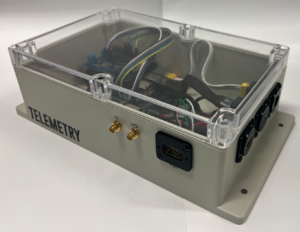
The Curb Strike Detection System features the first of its kind sensors to accurately quantify the occurrence of a curb strike. To implement this sensor, a silicon tubing encased within flexible cable trunking lines the edge of the curb. One end of this silicon tubing is connected to a barometric air pressure sensor while the other end is plugged for an airtight seal. When a car strikes the curb, the silicon tube is compressed, causing a sudden spike in air pressure. Our algorithm calculates the change in air pressure to detect if the gradient passes a certain threshold value to indicate that a curb strike has occurred.

To set the foundation for wireless data transmission and collection, the necessary signal communication devices were designed to be positioned at three locations in the driving centre to ensure full signal coverage across the driving circuit for data transmission. Three unique steel poles have been designed to support these devices, and constructed specifically to meet the dimensional requirements for each location.
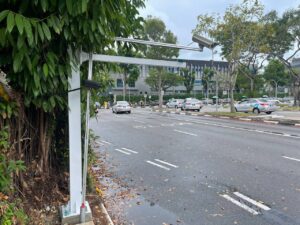
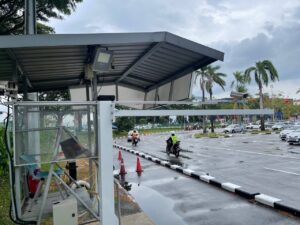
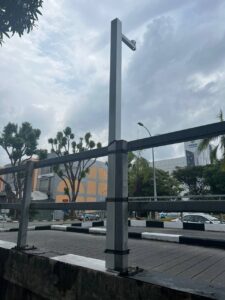
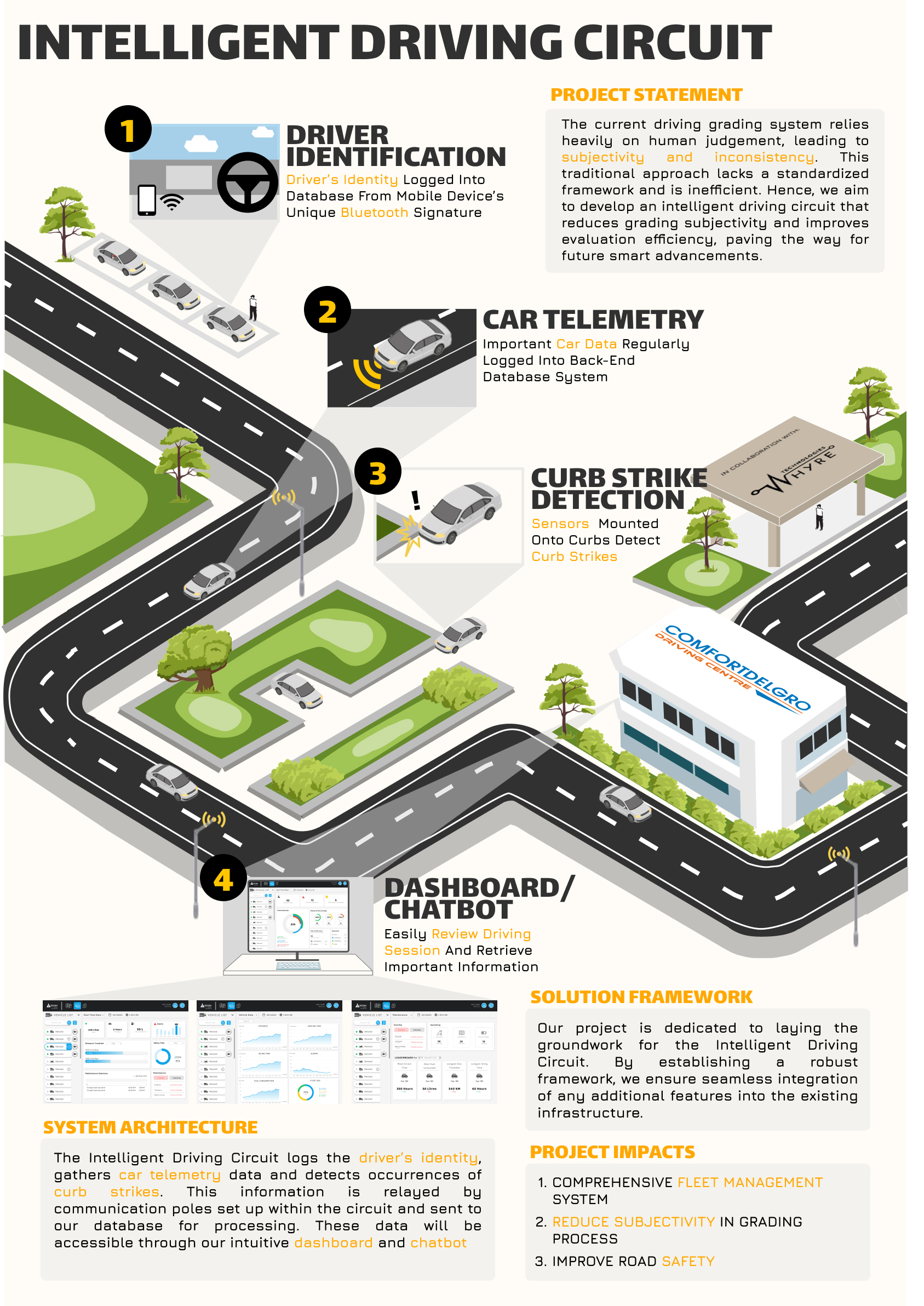
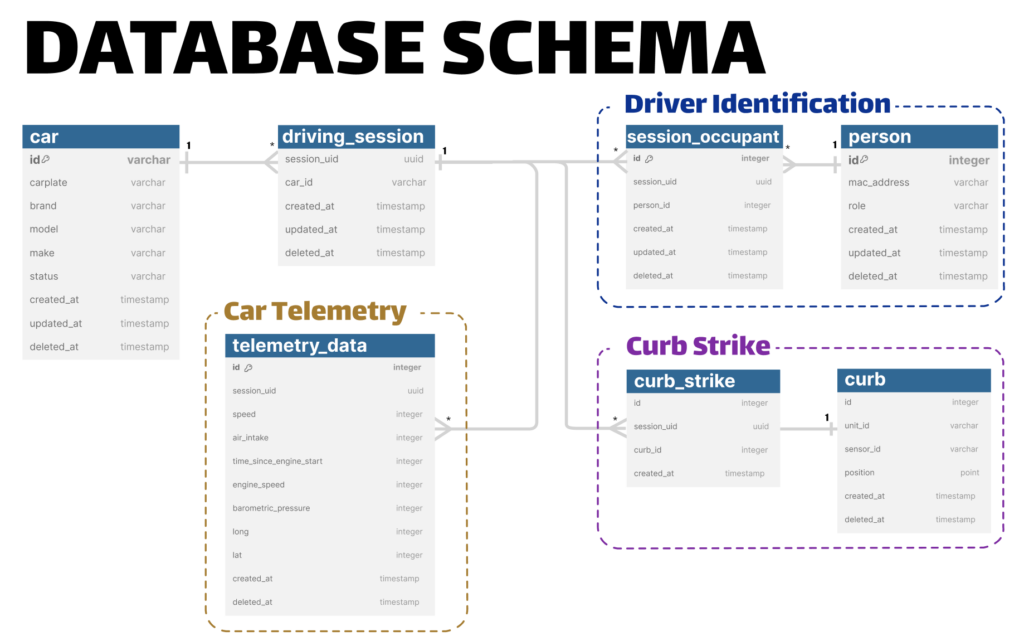
The software backend puts together a seamless data flow between the various hardware components. Real-time data from the curb strike detection system and pole-mounted devices will be transmitted using secure communication protocols, which are then processed and stored in a structured format within relational databases. Concurrently, driver identification and car telemetry are integrated into the backend software through api calls to provide a complete overview. The database was designed for ease of extraction, when displaying data on our frontend dashboard.
The dashboard has three main features: track real-time data, monitor vehicle performance, and keep up with the maintenance of the cars. On each page, there is a drop up interface that allows users to monitor the latest driving session. This intuitive interface features information gathered from the hardware solutions, which presents the identity of the user, plots graphs from car telemetry, and displays notifications for any instance of a curb strike.
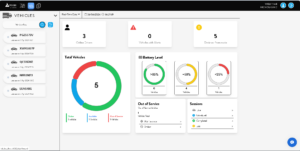

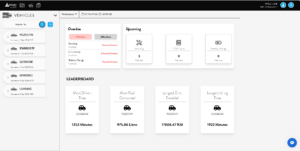

The chatbot allows driving centre staff to extract data from the database by prompting the chatbot with a car plate number instead of navigating through the dashboard. The chatbot is able to return key information about the past driving sessions, extracting key information such as car occupants of the car, telemetry data, and curb strike details. This simplifies the operation of our software solution, making it intuitive and user-friendly.
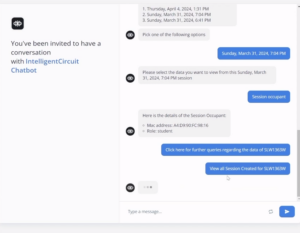
The Intelligent Driving Circuit enhances the driving test assessment process by providing a comprehensive fleet management system, reducing subjectivity in the grading process, and alleviating the workload of the driving instructors.
Dr Yang Hui Yang for your patience and advice throughout the past two terms.
Dr Susan Wong from the Centre for Writing and Rhetoric for your dedication towards honing our communication skills and helping us best express ourselves.
We would also like to thank our capstone partners at Whyre Technologies, Mr Glen Ong, Mr Lim Qun, Mr Dylan Tan, Mr Narender, and Mr Matthew Seong, who were our mentors during the entire duration of the Capstone programme through Terms 7 and 8, for their constant guidance in mechanical, software, and project management aspects of the project.
We would not have been able to achieve the success of the intelligent driving circuit today if not for your combined love and support!
Vote for our project at the exhibition! Your support is vital in recognizing our creativity. Join us in celebrating innovation and contributing to our success. Thank you for being part of our journey!

































At Singapore University of Technology and Design (SUTD), we believe that the power of design roots from the understanding of human experiences and needs, to create for innovation that enhances and transforms the way we live. This is why we develop a multi-disciplinary curriculum delivered v ia a hands-on, collaborative learning pedagogy and environment that concludes in a Capstone project.
The Capstone project is a collaboration between companies and senior-year students. Students of different majors come together to work in teams and contribute their technology and design expertise to solve real-world challenges faced by companies. The Capstone project will culminate with a design showcase, unveiling the innovative solutions from the graduating cohort.
The Capstone Design Showcase is held annually to celebrate the success of our graduating students and their enthralling multi-disciplinary projects they have developed.